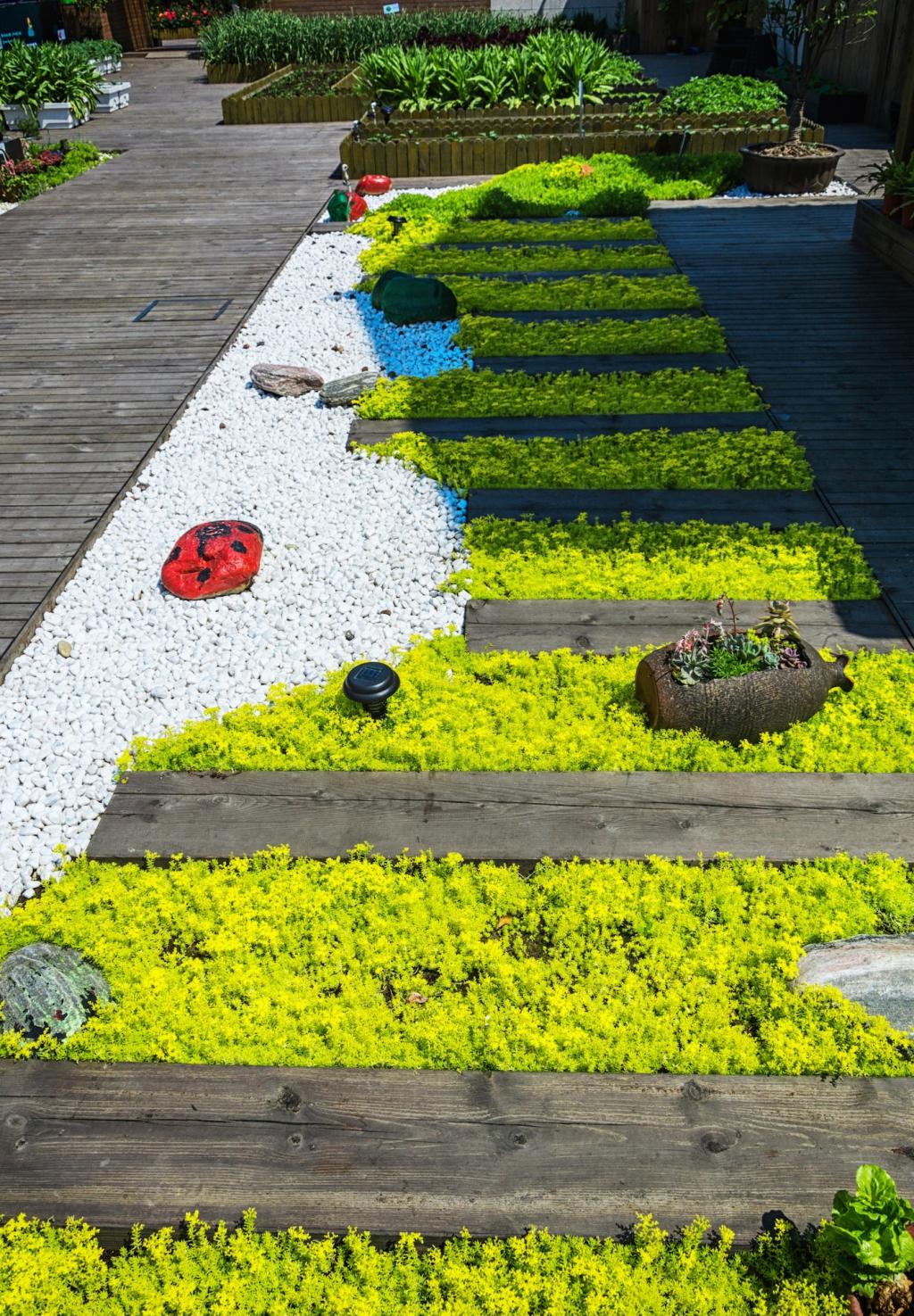Make the Outdoors Feel Storied: Reclaimed Wood, Renewed Spaces
Chosen theme: Using Reclaimed Wood for Outdoor Spaces. Step outside to decks, fences, and garden corners shaped by timber with a past—and a future you’ll craft. Subscribe for hands-on ideas, honest stories, and practical guidance.



Choosing Species and Sources for Outdoor Durability
Species With Staying Power
Naturally durable species like cedar, redwood, teak, and white oak hold up outdoors with minimal chemical treatment. Dense old-growth pieces often outperform newer lumber thanks to tighter grain and seasoned stability.

Detect, De-Nail, and Save Your Blades
Scan boards with a magnet or detector, then pry or punch fasteners before milling. Your planer and saw will last longer, and you’ll avoid dangerous kickback while uncovering unexpectedly beautiful grain beneath old scars.
Deep Cleaning Without Losing Soul
Scrub with stiff brushes, mild soap, and water, then let wood dry thoroughly. Avoid harsh bleaching that erases patina; instead, spot-treat stains and mold so the board’s history remains visible, honest, and proud.
Weatherproofing the Right Way
Penetrating oils, breathable sealers, and UV inhibitors protect without plastic shine. Seal all edges and cut ends, lift boards off soil, and design for drainage so rain escapes rather than sitting and inviting decay.
Design Ideas: Decks, Patios, and Garden Rooms
Use mixed-width planks in herringbone or picture-frame borders to celebrate irregular stock. The rhythm distracts from minor imperfections and turns salvaged lumber into a deliberate, gallery-like surface under summer dinners and stargazing.


Design Ideas: Decks, Patios, and Garden Rooms
Build planters from thick reclaimed beams lined with waterproof membrane. The wood’s weathered faces contrast with edible greens and flowers, making every tomato trellis feel like it’s rooted in history and care.
Fences, Pergolas, and Paths With Provenance
Horizontal reclaimed boards spaced consistently create a clean, modern line while softening street noise. Mix tonal variations intentionally, then invite readers to share photos of their fence gradients in the comments below.
Maintenance That Honors the Material
Each spring, tighten screws, clear drainage gaps, and brush away debris. A half-hour of attention saves weekends of repair later and keeps reclaimed wood working outdoors with dependable strength and weathered dignity.
Favor penetrating oils you can refresh without sanding. Reapply when water stops beading, usually every one to two seasons, and let silvering happen where you love that coastal, lived-in look under open skies.
Keep end-grain off the ground, vent hidden spaces, and cap posts. Small design tweaks prevent trapped moisture, honoring the wood’s first life while giving it a deserving, low-maintenance encore in your yard.


Plan With What You Have
Inventory your stash before buying more. Sketch around lengths you actually own, then adjust patterns to fit. Readers often save hundreds by designing with constraints—share your strategies so others can benefit.

Where to Find the Good Stuff
Local demolition listings, farm auctions, and salvage co-ops are treasure maps. Ask contractors respectfully about offcuts. Join our newsletter for weekly leads and tips on negotiating fair prices that respect labor.

Tell the Story Forward
Photograph each step and note the origin of boards on a small brass tag or hidden stencil. Post your results, tag us, and inspire someone else to choose reclaimed wood for their outdoor sanctuary.
